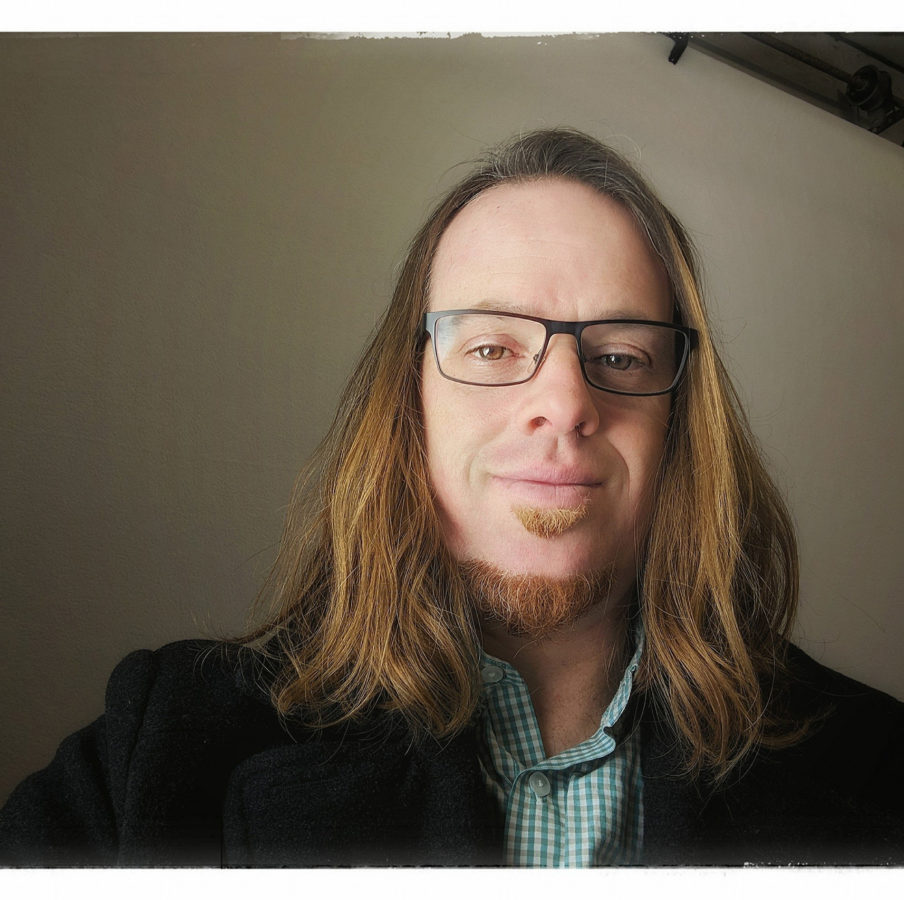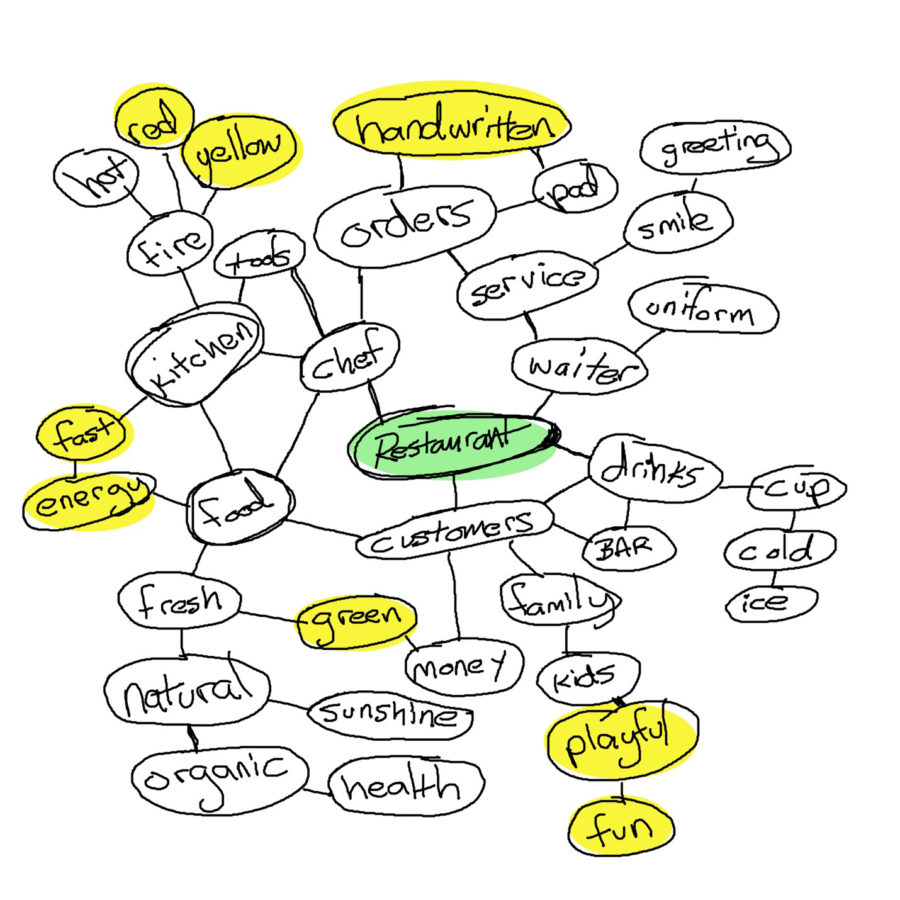
A Power Boost
I’ve been working as a Professional Creative in a variety of roles for over twenty years now. I’ve run the press/printers, worked at an internal creative group supporting marketing, then to being at an agency, to now running our studio/agency with my wife. One thing I get asked on a regular basis is, “What would make me a better (insert title here).” In this current era of our industry, the situation has flipped from when I was starting out. The hardest part back then was getting good enough gear to execute your ideas. You could have all the ideas in the world, but you couldn’t execute something that looked professional. That was why we all wanted to work at big agencies, magazines, corporations, etc. They had the resources to make great things, and we all wanted to be a part of something at that quality.
Today, that’s simply not the case… The challenge is no longer the gear. Yes, there are gear-heads out there, I’m sure a few of you are clutching your XQD cards right now ready to tell me all about how it’s amazing and made you a better image maker. Maybe you have the latest HSS strobe and want to tell me about how it helps you stop hair at 1/2500th of a second while flicking it in a shot. Let’s not even get started on 4k-5k displays, or mirrorless cameras, or megapixels.
All of that is impressive, but it’s not making you better at your career. It’s making you capable of executing a particular feature or solution. But I see people starting out today executing very technical, and impressive, projects in part thanks to the quality of consumer grade technology.
I thought for this post I would offer a few of my favorite tips on what creatives can do to give themselves a boost. That power up that I know can’t be bought, and yet is necessary to be a leader and succeed in your services.
Ideation
How do you generate ideas? For some people it comes very naturally, and for others it’s a real struggle. Do you stare at a blank canvas when someone says “go” and it just stresses you out?
Bringing a concept to your projects can really help show your ability to execute a visual narrative. If you have a strong community, collaborate with them. I often ping my friends, and colleagues, to get their ideas and thoughts. I don’t speak only to other photographers or designers. Quite the contrary; if I’m doing a project for a new restaurant, I’ll call my friends that work in the food industry and get their thoughts. “What do you wish you could see done for your field?” If I don’t have those resources, I’ll go out to lunch and introduce myself to people in the restaurant that is well designed. I’ll offer to buy the manager a drink if they chat with me for a few minutes.
If I don’t have those resources, then I use a bubble map. This is almost secondary for me now and it happens on every scrap piece of paper on my desk. It’s almost a way of taking notes during a call.
Start with the detail you know the most at the center. Then ideate bubbles outward with secondary and tertiary details. Then as you move farther out you get into more abstract ideas that might help paint a picture in your mind. That picture can influence color choices, shapes, composition, and more.

Design Thinking
Steve Jobs (RIP), and now almost every leader in the modern corporate world, believe that “design thinking” is a pivotal skill for success. Understanding how to solve problems creatively isn’t just some “artist” mindset, it’s a process. One that is taught, and practiced, by some of the biggest firms in the world today. For some, in this modern era, it’s a natural occurrence that is second nature to them. Firms like IDEO and others, really pushed this process into the design of everything and anything. From shopping carts to lamps to logos. Rapidly prototyping their ideas with a fail fast mentality so that as something breaks, they learn from it quickly and course correct. How would you apply this to your own services and value proposition? Even if it’s not a process you put your clients through, it’s something you can put your own ideas through to see if they can stand on their own merit. Evaluate them with peers and see if they have the same outcomes.
The key of Design Thinking is considering the impact, or experience, of the user versus the creator. What will it mean to those who receive the experience versus the experience of the person solving the problem. This alone offers a shift towards empathy of the audience, our brand’s audience.

Empathize: Define and understand the audience.
Define: Make clear exactly the problem to be solved.
Ideate: Brainstorm and aggregate all the ideas you can around the needs.
Prototype: Build a proof of concept from your ideas.
Test: Try it on the media, or with a specific audience, refine and improve.
Communication
Ok this is a biggie! I mentioned it briefly in my first guest blog post about becoming a professional creative. Most clients/customers don’t hire you because of your talent or creativity. In fact, those are an expectation of your service. But, what clinches a lot of work for some creatives over others is their ability to communicate effectively. Here’s just a few things to consider.
Being accessible. Create as many access points as possible for a client to reach you, and make sure you set it up in a way that it’s easy for you to manage. I personally have 5 email addresses that I manage, however they all route to the same single inbox. A flag in Gmail tells me which address they came from. When I choose to respond, Gmail sends it back as if it was from the originating email. You can do this with other mail providers also.
Social Media. I also have contact notifications setup for all my social media streams I care about (Facebook, Twitter, Instagram). Yes, I have given up some of my personal life to always being accessible. But it’s important if I’m going to get work. So, I don’t have to respond immediately, but noticing when a lead contacts me is extremely important. I have contact/message buttons on my social media business pages also.
Old school. Lastly the classic. A contact-form. Some people don’t want to chat verbally, and they might not be into the millennial preferences of social media. So on my page people can use a contact form to send in their requests for info. Just make sure your form requires a return email address, phone number, or some other point of contact info. Include a direct Call-to-action. If you’re not a web designer, a lot of good web template services now have a contact form template they will provide you for free.
Facilitation/Meeting
A great professional creative who acts as their own Producer understands how to facilitate meetings, or other engagements, so that the client feels confident in you. This could be a whole course unto itself. But, let’s cover some basics that are really important for when you meet with a client or are setting up a meeting.

- Have a clear agenda, establish your rules of engagement, share it before the event
- Focus on the topic of your service or the project details
- Stay impartial and open to everyone’s thoughts/feedback (no client wants to feel excluded)
- Set proper expectations for everyone involved, such as Roles/Responsibilities.
- Be prepared! Always go to a meeting with more information than you’ll probably need. Consider the variables.
- Know your value, what you’re offering, and what else could be an upsell
It’s essential today to have soft skills that provide a next level quality of service and engagement with your audiences, clients, and more. Having the latest and greatest piece of gear is a tactical way of finding efficiency improvements in executing a project, but it’s not going to be the reason people come back to you.
I remember working once for a studio that bought two RED cameras when they first came out. The price tag was ginormous and they were stunned to discover that during our pitch meetings no one cared about the bullet point stating we used RED cameras. No doubt, the gear was impressive, to us. But to a client, all they heard was “so you like gear.” Later we spoke to how that equipment enables us to execute at a quality of our ideas which only we could deliver. What became clear is the client wanted to hear/see the quality of the idea most and they left the gear up to us.
My advice is always remember to invest in developing yourself as much as possible. That is where the true value comes from as a Professional Creative. Then build your equipment to the scale of your ideas.
Good luck, and please comment below with some of your favorite Boost ideas.
You can see more from Mark at MarkHeaps.com, check out his articles and class on KelbyOne, and keep up with him on Facebook, Twitter, and Instagram.





1 comment